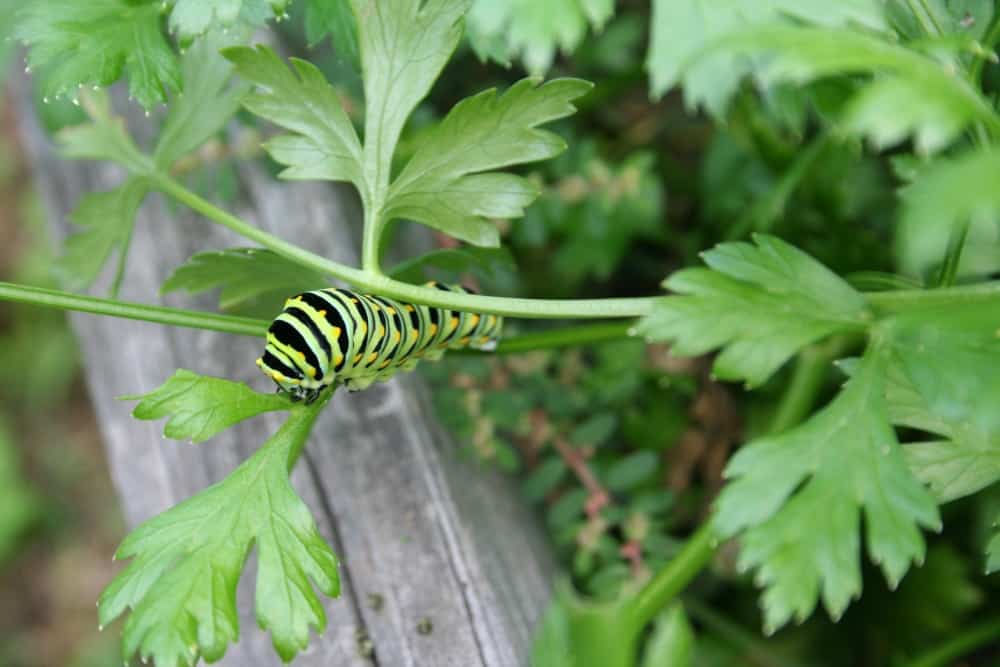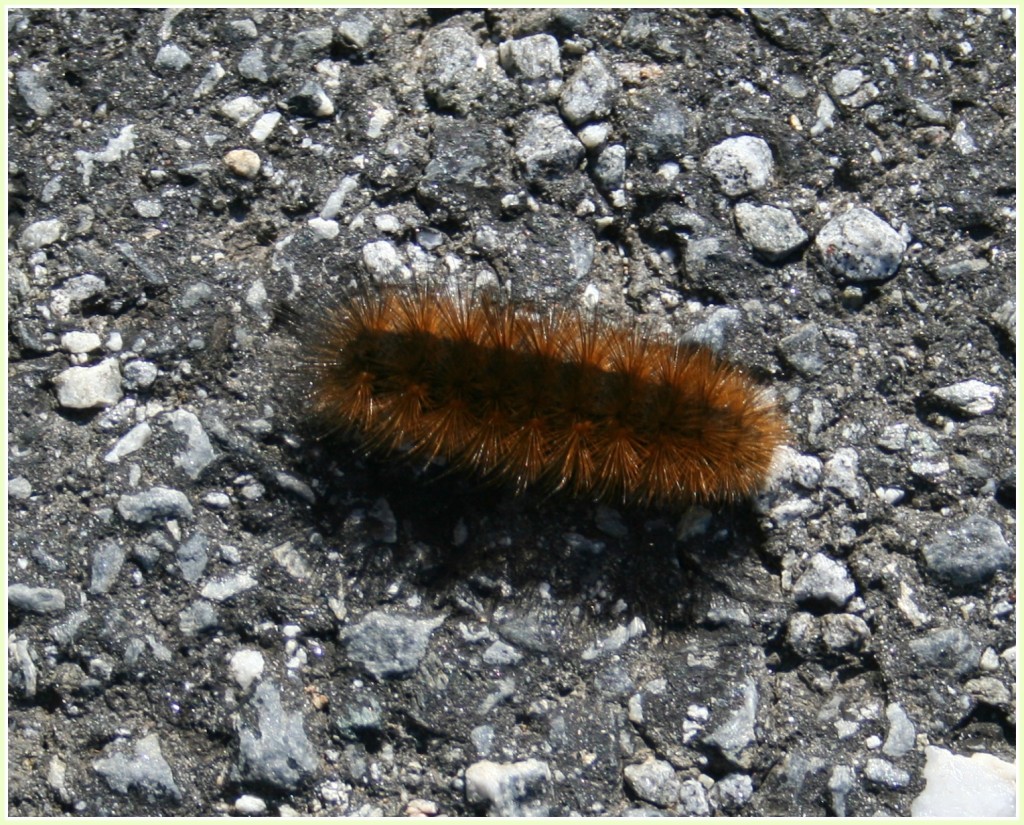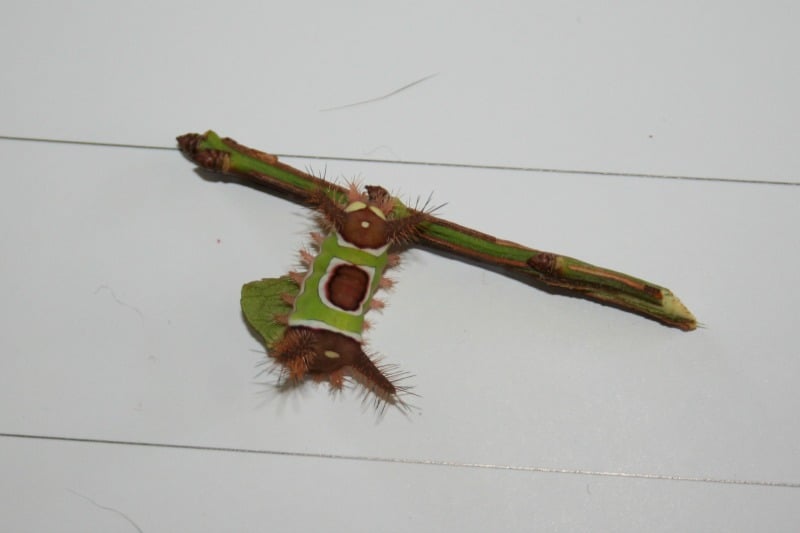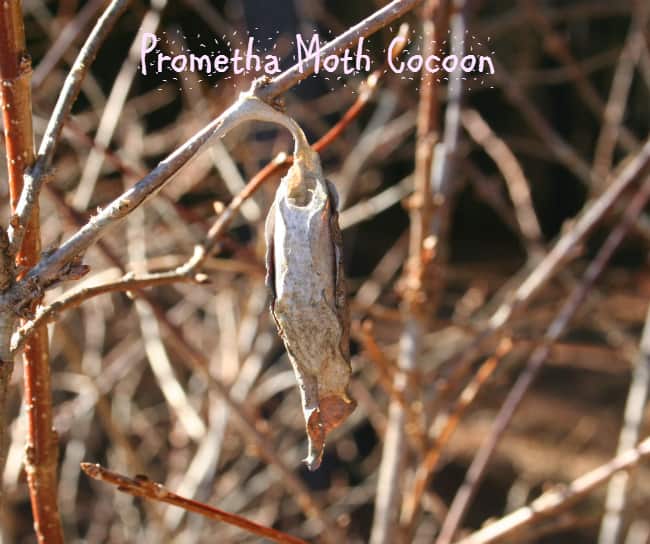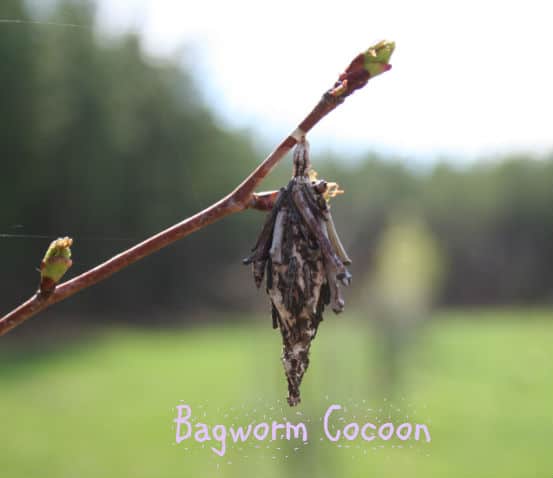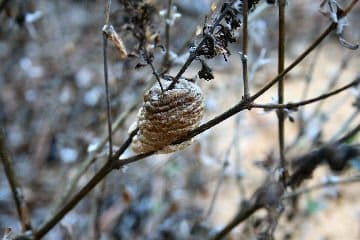Caterpillar and cocoon identification help you determine if the bugs you’re looking at are helpful or harmful. These easy steps will help you get the hang of cocoon identification in no time.
Fast, Easy Caterpillar and Cocoon Identification
You don’t need to be a master naturalist or an entomologist to learn caterpillar and cocoon identification. Even if you don’t know a worm from a caterpillar or a moth from a butterfly, these steps will help you identify caterpillars and cocoons so you know if it’s helpful or harmful to the garden.
The following includes affiliate links. We are a participant in the Amazon Services LLC Associates Program, an affiliate advertising program designed to provide a means for us to earn fees by linking to Amazon.com and affiliated sites. Thanks so much for being a part of Home Garden Joy!
Four Simple Steps for Caterpillar and Cocoon Identification
Step 1: Take a clear picture.
No matter how you proceed with your investigation, you’ll need a clear picture of the insect in question to help with the identification. Descriptions alone aren’t enough because everyone identifies colors and other attributes differently. A picture, in this case, is definitely worth more than a thousand words!
Step 2: Upload the image to a reverse image search site.
A reverse image search site is a great tool to identify cocoons, insects, or bugs you don’t recognize. Google Image Search is a free tool offered by the search engine company Google. It allows you to upload your own picture, then search online for ones that match it. How does this help with butterfly, caterpillar, and cocoon identification?
Let’s say you’ve taken this picture but you don’t know what it is:
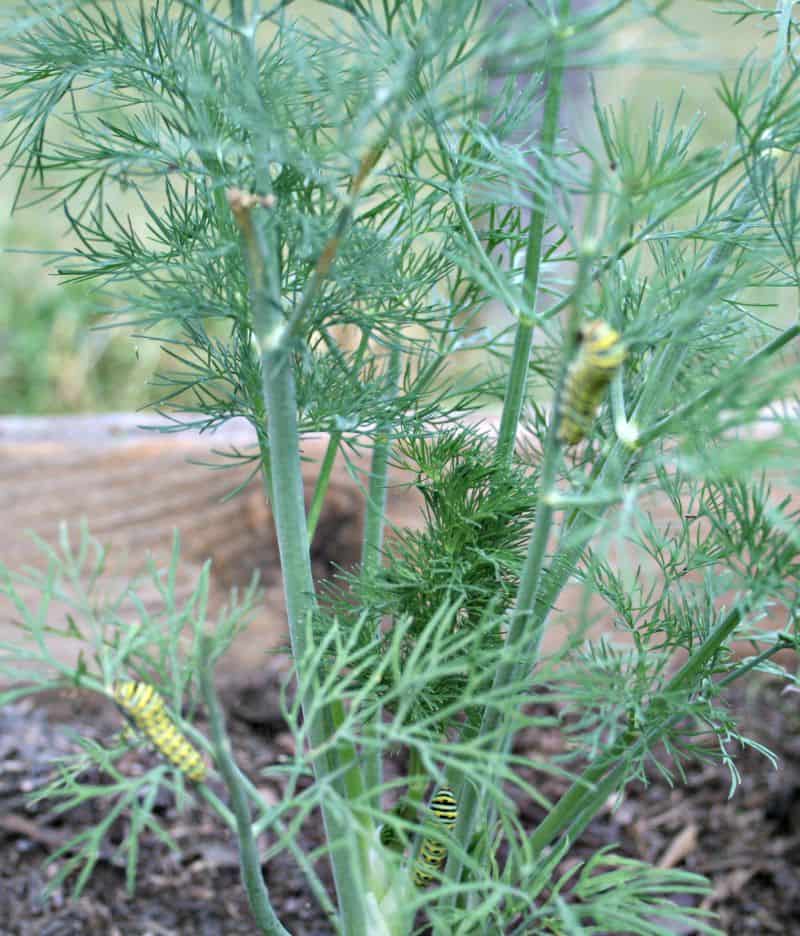
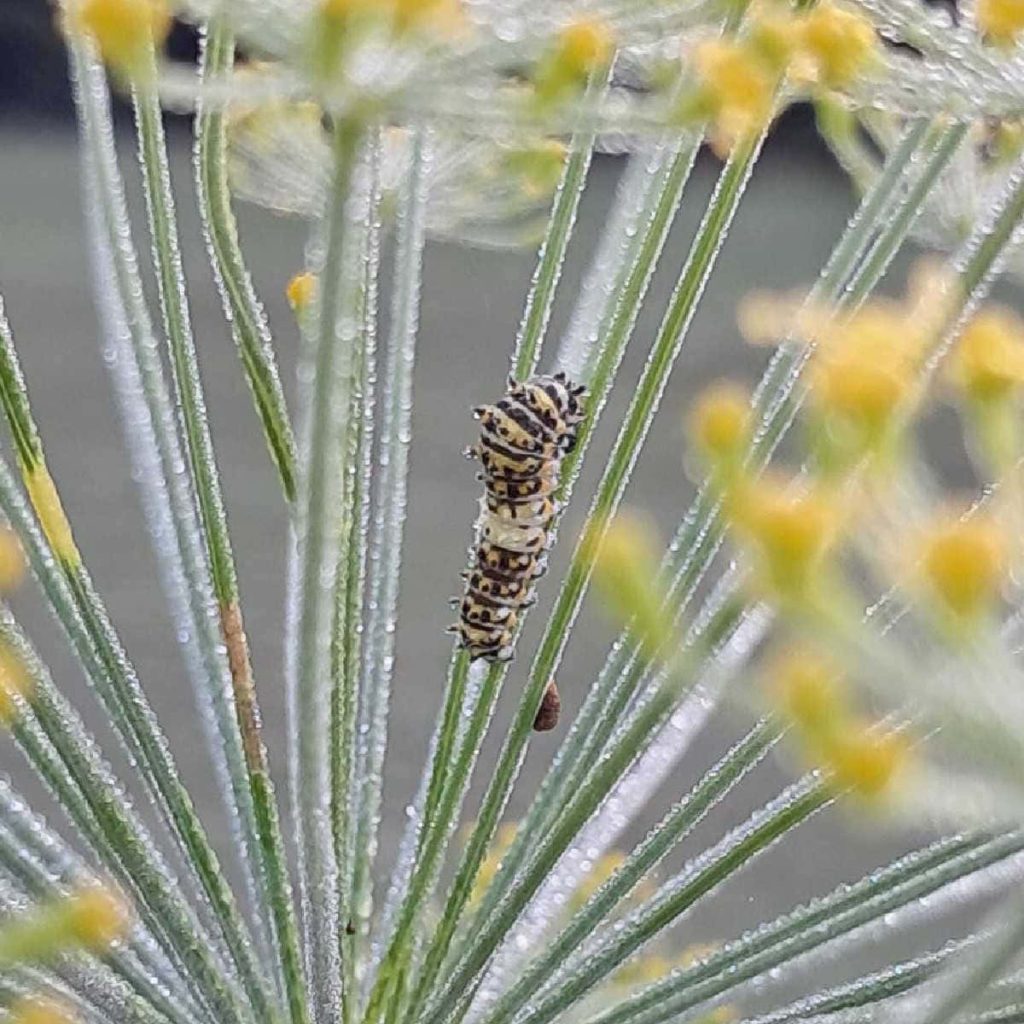
Using a reverse image search such as Google Image search offers many suggested matches. Once you have suggested matches, you can proceed to the next step.
Step 3: Read through and find ideas based on where you live.
Butterflies live in specific regions of the world. Some live in very specific geographic areas, like mountains or deserts, tropical climates or temperate climates. The butterflies you see in New York may be different from the ones you see in Florida or Texas. It’s important to match the picture and search engine results to where you live.
So read through the closest and best matches. If the source identifies your cocoon or caterpillar as one that lives in your part of the world, chances are good it is a match.
Step 4: Consult a professional
Let’s assume you’ve walked through Steps 1-3 and still aren’t sure what you’re looking at – that can happen to anyone. Consult a professional. Resources you can try include:
- Books, such as Peterson Field Guides
- Local universities
- Cooperative Extension agents
Examples of Caterpillar and Cocoon Identification
